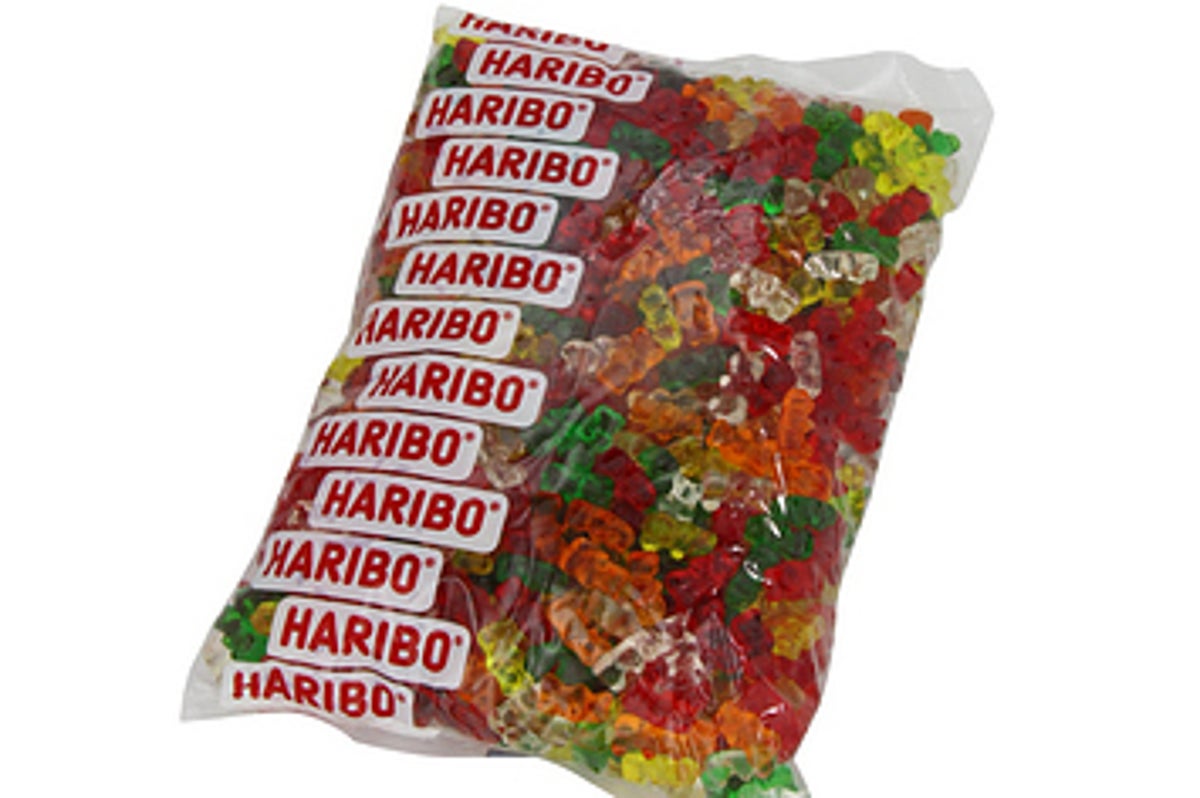In the vast universe of confectionery, few products have sparked such laughter and, simultaneously, disbelief as the Haribo Sugar-Free Gummy Bears. Known for their delicious taste yet infamous for their unpredictable side effects, these gummy treats have become a staple of online humor through customer reviews. But what is the reality behind the sugarless confections? In this article, we will explore the myriad perspectives presented by consumers, drawing upon their hilarious, terrifying, and sometimes enlightening feedback.

amazon haribo sugar free gummy bears reviews
The Taste Test: Are They Really That Good?
Many customers rave about the taste of Haribo’s sugar-free gummy bears, stating that they are soft, flavorful, and reminiscent of their sugar-laden counterparts. A review might declare, “For taste, I would rate these a 5. So good!” The sentiment echoes one captured in a review that states, “They taste fine—just like every other manufacturer’s brand of the colorful candy.” Many enthusiasts appreciate the true-to-fruit flavors and enjoy indulging in these low-calorie treats.
The Sweetener Question: What’s in These Gummies?
While the flavor profile often receives high praise, the ingredient that garners substantial attention is the artificial sweetener, maltitol. This sugar alcohol is commonly used in sugar-free products, and while it provides sweetness without calories, it can lead to significant digestive issues when consumed in large amounts. Experts warn that “eating a bunch” could cause cramping, gas, and even diarrhea—a sentiment echoed by countless reviewers who share their gastrointestinal experiences on platforms like Amazon and Reddit.
The Dark Side of Indulgence: What Happens After Consumption?
For every positive review about taste, there seems to be an equally vivid account of the repercussions. One review famously stated, “The results are noxious,” capturing the essence of many consumer experiences. “Eat if you dare” wittily summarizes a myriad of reviews detailing the cascading effects post-consumption. The humor in these reviews often obscures the very real consequences of overeating these gummy bears—an amusement for some, a horrifying joker for others.
Health First: Striking a Balance
In navigating the world of sugary treats, health-conscious consumers are often drawn to sugar-free alternatives. However, the experiences shared serve as a reminder that “sugar-free” does not always equate to “risk-free.” Nutritionists advocate moderation, noting that while indulging in tasty treats can be part of a balanced diet, excess can lead to adverse health effects. A 2016 Forbes article discussed how the viral nature of these gummy bear reviews prompted Haribo to include warnings on their packaging—a testament to the power of consumer feedback in shaping product marketing.
Building Community Through Shared Experiences
What makes the reviews of Haribo Sugar-Free Gummy Bears particularly captivating is their ability to foster a sense of community. In a sea of digital voices, shared humor around stomach troubles has created a viral phenomenon that transcends typical product reviews. Sites like Bored Panda host compilations of the funniest experiences, underlining a collective understanding: we’re in this sticky situation together.
Insights from Experts on Moderation and Self-Love
Health experts advocate for self-love when indulging in treats like the Haribo gummy bears: enjoyment is crucial, but so is awareness. Dr. John Doe, a nutrition expert, emphasizes that sweets are not inherently bad; instead, they should be consumed with mindfulness. “It’s not just about eliminating sugar or calories. Emotional satisfaction and enjoyment are equally important,” he notes, encouraging a balanced outlook on sweet treats.
Conclusion: The Duality of Delight
The saga of Haribo Sugar-Free Gummy Bears continues to unfold, blending humor with caution. Consumers should approach these gummy treats with an understanding of both their tasty appeal and the digestive drama that often follows. As we laugh at the surreal nature of reviews, it’s crucial to remember the importance of moderation and mindful consumption. After all, our well-being should always take precedence, even in the hunt for delightful snacks.
Frequently Asked Questions (FAQ)
Why did HARIBO discontinue sugar-free gummy bears?
The company faced considerable backlash following numerous reports of gastrointestinal issues, leading to the cessation of their sale. Customers reported severe stomach pains and other digestive troubles, prompting HARIBO to reevaluate their product line.
What is the sweetener in HARIBO sugar-free gummy bears?
The primary sweetener used in these gummies is maltitol, a sugar alcohol that can lead to digestive discomfort in large quantities.
How many carbs are in sugar-free gummy bears?
Typically, a serving of sugar-free gummy bears contains about 28g of total carbs with 2g of fiber, which brings the net carbs to around 26g.
Does HARIBO sugar-free provide any health benefits?
While they are lower in calories compared to regular gummy bears, excessive consumption can negate potential benefits due to digestive distress. Moderation is key.
Are there alternative sugar-free gummy bears that do not have the same side effects?
Many brands offer sugar-free gummy options with different sweeteners that may not lead to the same gastrointestinal effects. Researching and reading reviews can help consumers pick alternatives that work best for them.